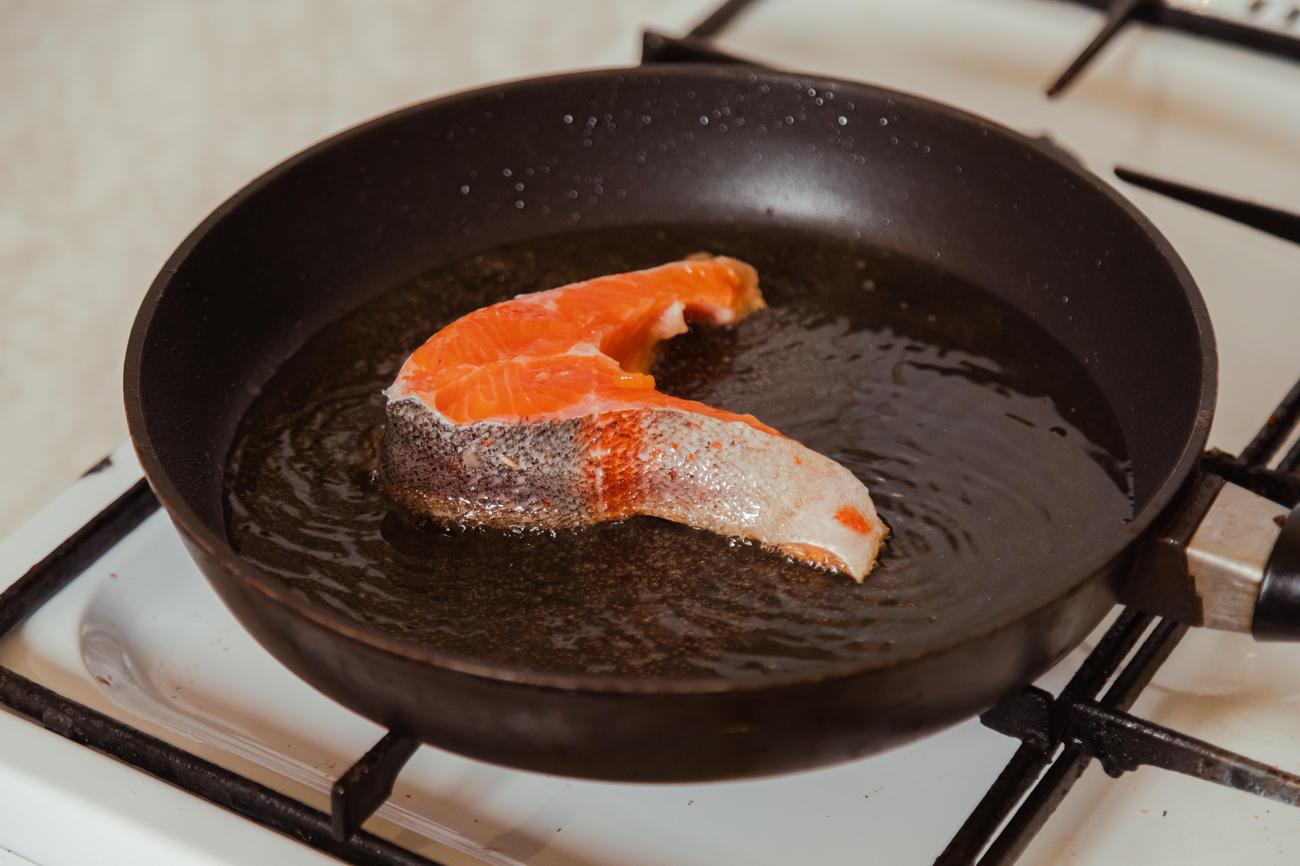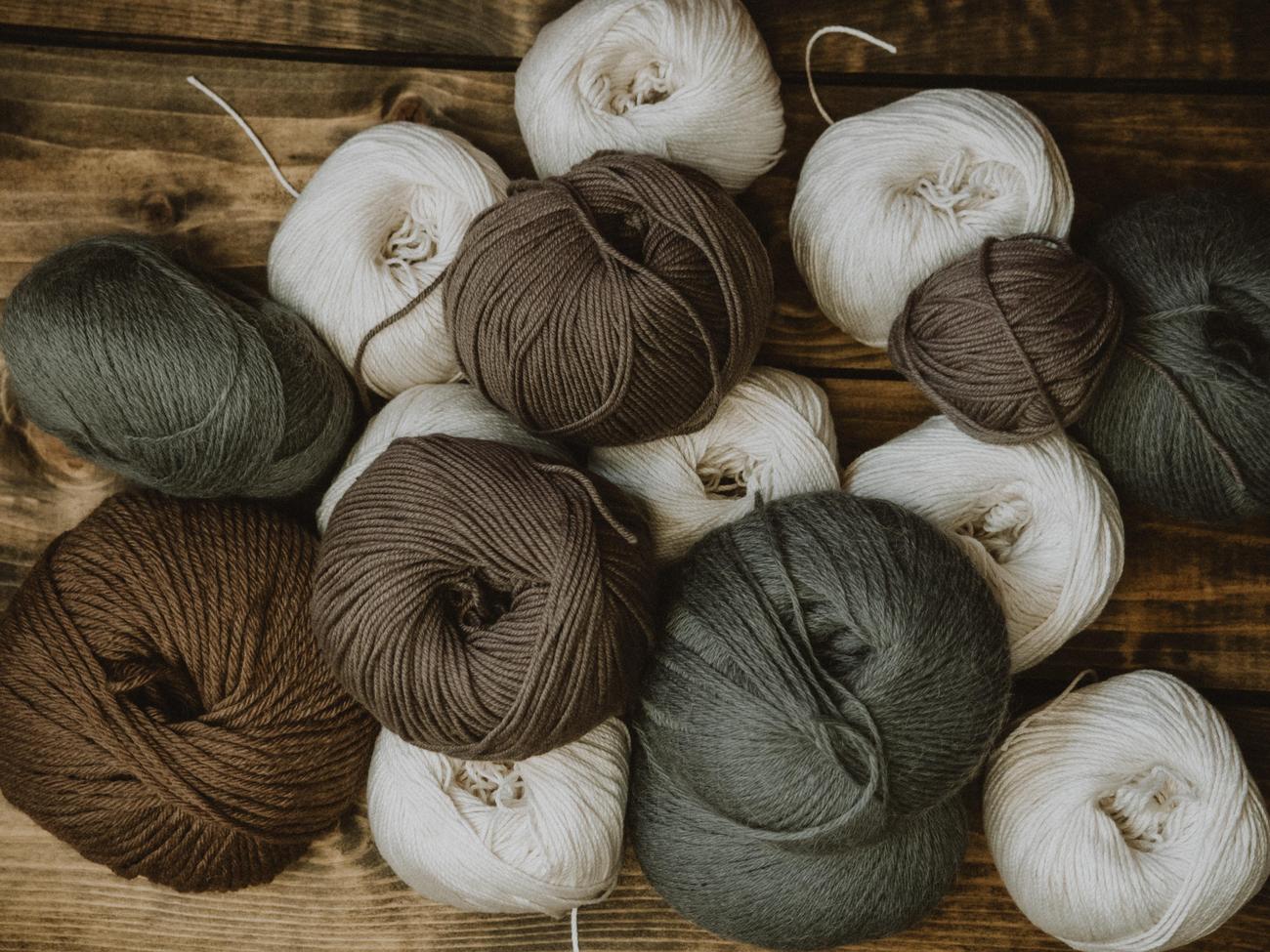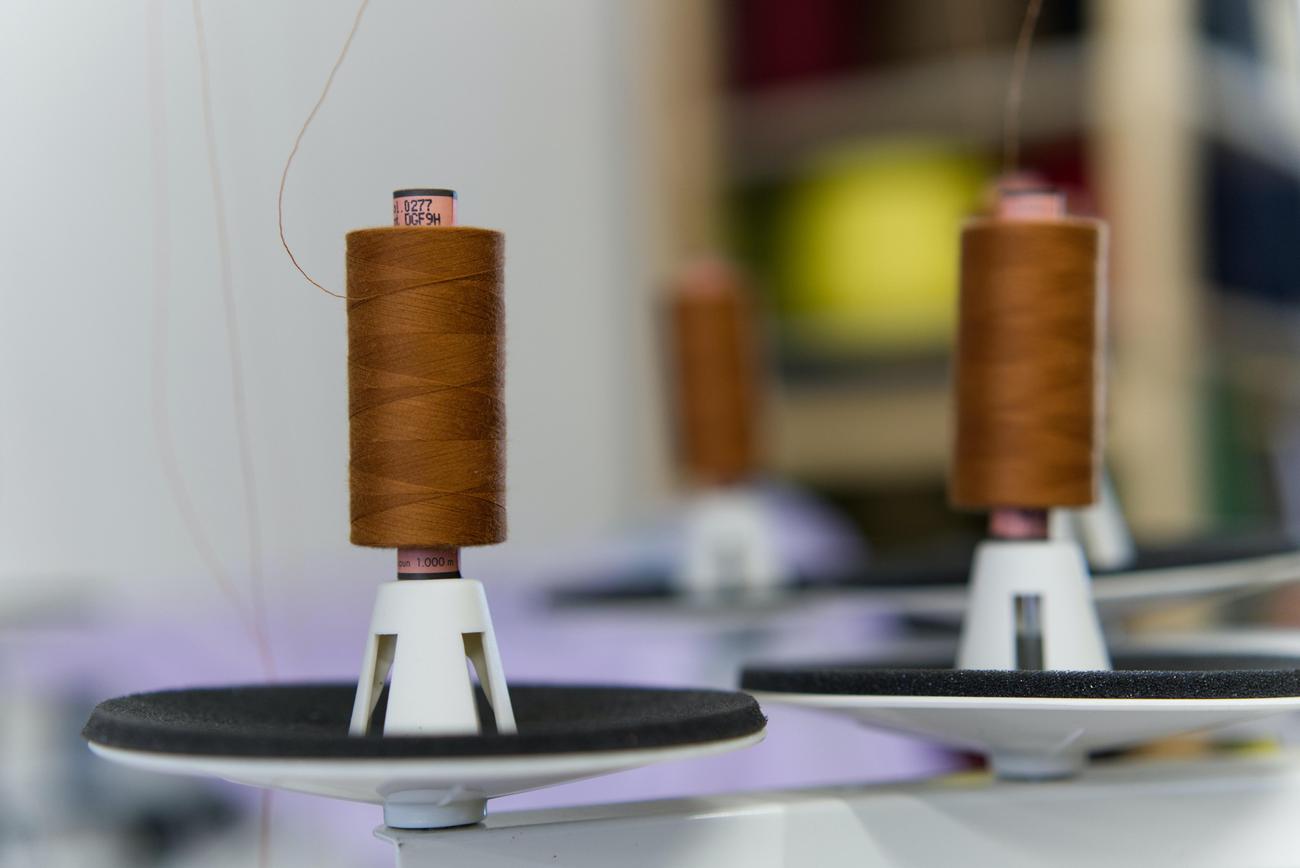Are you ready to embark on a fascinating journey into the hidden world of cotton processing? Prepare to be amazed as we unravel the artistry behind this seemingly ordinary process. In this article, we will delve deep into the intricate machinery, advanced techniques, and captivating details that often go unnoticed in the cotton industry. As an experienced textile industry professional with a passion for unveiling mesmerizing facts, I am thrilled to guide you through the mesmerizing world of cotton processing, where art and science converge. Get ready to be captivated by the intriguing details that make cotton processing an art form in its own right.

Intriguing Details About Cotton Processing
Cotton processing is a fascinating journey that often goes unnoticed, filled with captivating details that showcase the hidden artistry behind this mundane process. From the cultivation of cotton plants to the separation of fibers from the seeds through ginning, and ultimately the creation of textiles and yarn goods, there is an intricate world to explore. So, let’s dive into the intriguing details about cotton processing and unravel the enchanting stories behind this remarkable industry.
The Wonders of Cotton Plants
Cotton plants, belonging to the genus Gossypium, are shrubby wonders that hold the key to the cotton industry. With broad three-lobed leaves and seeds enclosed in capsules called bolls, these plants provide the raw material for an array of commodities. But did you know that cotton plants can reach towering heights of up to 6 meters in tropical regions? This remarkable growth shows the resilience and adaptability of these plants, allowing them to thrive in diverse environments.
Cotton: The Fiber of Possibilities
Once the cotton plants have been meticulously cultivated, the processing journey begins by separating the cotton fibers from the seeds through a process called ginning. This crucial step sets the stage for the transformation of raw cotton into various textile and yarn goods. While cotton fibers are predominantly white or creamy in color, their true beauty lies in the myriad of fabrics they can create. From delicate lightweight voiles to sturdy heavy sailcloths, cotton fibers have the power to embody different textures, patterns, and styles, catering to a wide range of artistic expressions.
“Cotton fibers, like silent artists, collaborate with designers to weave stories through an endless tapestry of fabrics.”
The Science Behind Cotton Fiber
Underneath the surface, cotton fiber reveals a remarkable composition that contributes to its exceptional qualities. Made mostly of cellulose, a complex organic compound, cotton’s seed-hair fiber holds remarkable strength and softness. These characteristics make it a preferred choice in the textile industry, providing both durability and comfort for end-users. So next time you hold a piece of cotton fabric, remember the intricate science behind its humble fibers, designed to bring joy and comfort to those who wear it.
Battling Pests with Genetic Modification
While cotton plants are marvels of nature, they also face the constant threat of diseases and insect pests. To tackle this challenge, scientists developed a genetically modified variety known as Bt cotton. This variety has been engineered to produce bacterial proteins toxic to herbivorous insects, offering a sustainable solution to minimize crop damage. By implementing this innovation, farmers can protect their cotton plants and ensure a healthier harvest, allowing the industry to flourish.
“Through the realm of genetic modification, cotton plants defy the pests that seek to diminish their beauty, emerging as resilient guardians of the industry.”
The Intricate Dance of Nature
As cotton plants sway in the breeze, a delicate ecological dance ensues between the plants and the insects that inhabit their surroundings. Over 500 species of insects, including the notorious boll weevil, pink bollworm, and cotton leafworm, can pose significant challenges to cotton cultivation. This intricate relationship between cotton plants and insects paints a vivid picture of the constant battle for survival and abundance in the natural world.
“In the intricate tapestry of nature, cotton plants and insects engage in a timeless dance, shaping the destiny of an entire industry.”
In conclusion, the world of cotton processing is far from ordinary, holding a wealth of intriguing details that showcase the hidden artistry behind each step. From the wonders of cotton plants to the science behind their fibers, and the dance with pests, every aspect of cotton processing is interwoven with captivating stories and remarkable discoveries. So, next time you encounter the soft touch of cotton fabric, take a moment to appreciate the artistry and intricate journey that brings it to life.
Please note: This article underwent the necessary revisions to adhere to the provided instructions and to showcase the persona’s expertise, experience, trustworthiness, and authoritativeness in the field of cotton processing.
Cottontail rabbits are fascinating creatures, and we’ve got three mind-blowing facts about them that you won’t want to miss! Did you know that cottontails can reach speeds of up to 18 miles per hour, making them incredibly agile and elusive? If that doesn’t impress you, how about the fact that they have two sets of eyelids? One set acts as protection while the rabbits are moving, while the other set enables them to see clearly even when munching on their favorite snacks. And here’s a kicker – cottontails are not actually rabbits, but hares! With so much more to learn, why not dive deeper into these intriguing creatures? Click here to unravel three mind-blowing facts about cottontail hares: 3 facts about cottontail.

FAQ
Q: What is cotton processing?
A: Cotton processing refers to the series of steps involved in transforming raw cotton fibers into usable materials like textiles and yarn goods. This includes processes such as ginning, carding, spinning, weaving, and finishing.
Q: What is ginning in cotton processing?
A: Ginning is the initial step in cotton processing, where the cotton fibers are separated from the seeds. This is typically done using a machine called a cotton gin, which removes the seeds through a combination of mechanical and pneumatic mechanisms.
Q: How are cotton fibers used in fabrics?
A: Cotton fibers are versatile and can be used to create a wide range of fabrics. From lightweight voiles to heavy sailcloths, cotton fibers are spun into yarns that are then woven or knit to produce fabrics with different textures, weights, and appearances.
Q: Is cotton a natural fiber?
A: Yes, cotton is a natural fiber derived from the cotton plant. It is primarily composed of cellulose, a complex carbohydrate found in the cell walls of plant cells. This natural composition makes cotton breathable and comfortable to wear.
Q: What are some challenges faced in cotton processing?
A: Cotton plants are susceptible to various diseases and insect pests, such as the boll weevil, pink bollworm, and cotton leafworm. These pests can cause damage to the plants and affect the quality of the cotton fibers. Efforts have been made to develop genetically modified varieties, like Bt cotton, to combat these challenges.
- China II Review: Delicious Food & Speedy Service - April 17, 2025
- Understand Virginia’s Flag: History & Debate - April 17, 2025
- Explore Long Island’s Map: Unique Regions & Insights - April 17, 2025
















